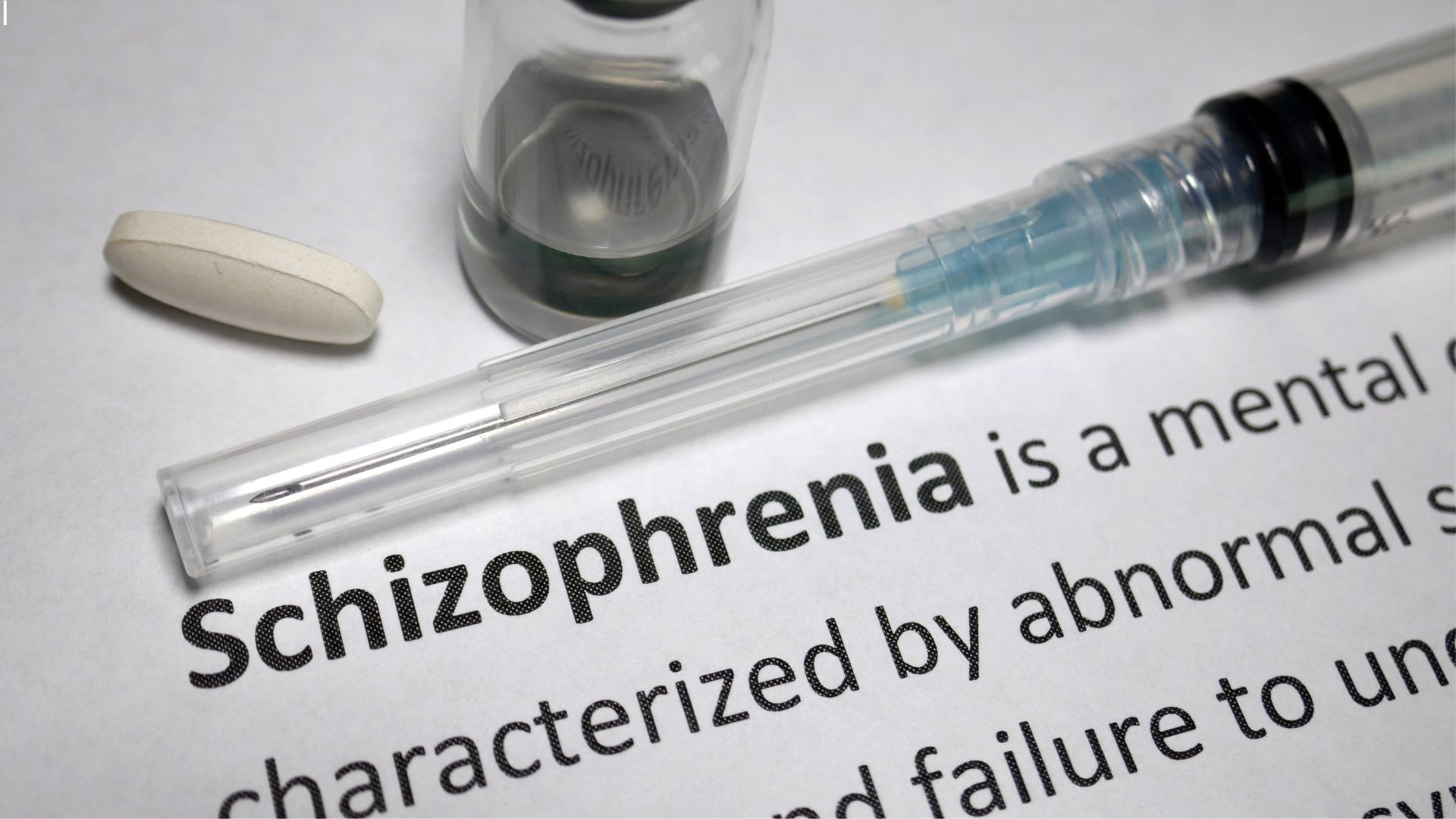Rethinking Schizophrenia: Part II - From Recognition to Restoration
In my last post, I argued that our conversation about schizophrenia needs to shift, noting that while we have spent decades chasing positive and negative symptoms, we have largely ignored the one domain that most directly drives functional recovery: cognition.
That conversation doesn’t end there. It begins here. Because if we agree that cognitive impairment sits at the center of this disorder, then the next question is simple: What are we actually doing about it?
The Turning Point
For years, cognitive impairment associated with schizophrenia was recognized but not treated, tolerated as an unavoidable casualty of the illness. We built an entire treatment framework around suppressing psychosis and called it progress. Antipsychotics quieted voices and dulled delusions, but they didn’t rebuild the brain. No FDA approved medications. Few scalable interventions. And a system that still defines stability by the absence of crisis rather than the presence of cognition.
But that framework is finally starting to crack.
Recent exploratory evidence from the EMERGENT-23 pooled analysis, published in the American Journal of Psychiatry (Horan et al., 2024), offers an early but meaningful signal that pharmacologic cognitive improvement may be possible. It is crucial to emphasize that cognition was not a primary or secondary endpoint in these trials. These findings were derived from post hoc exploratory analyses, which means the studies were not powered to detect cognitive effects. As such, these results are hypothesis-generating rather than confirmatory.
Even with that limitation, the signal was notable. Among participants with baseline cognitive impairment, xanomeline/trospium (KarXT), a dual M1/M4 muscarinic receptor agonist, demonstrated measurable improvements in cognitive performance. The effect size in these exploratory analyses (d = 0.54, rising to 0.80 under stricter impairment thresholds) paralleled what we see in structured cognitive remediation programs, yet here the gains emerged pharmacologically. These improvements also occurred independent of symptom change, suggesting the signal was not simply a downstream effect of reduced psychosis but may reflect a potential direct cognitive impact.
Because as Bowie and Harvey and later McCutcheon’s synthesis remind us, cognition, not hallucinatory frequency or blunted affect, predicts whether a person can work, manage life, and sustain meaningful relationships. Dopamine antagonists can dampen the noise, but they rarely restore the processing speed, working memory, or executive control required to navigate daily life. We have medicated survival while neglecting recovery.
For the first time, we may be seeing a compound that separates cognition from symptom control, re-engaging the cortical networks responsible for learning, focus, and working memory rather than simply interrupting the dopaminergic loops of psychosis.
Reinforcing the Evidence
This is not an isolated signal. A systematic review and network meta-analysis by Olgiati et al. in International Clinical Psychopharmacology, which pooled data across 14 randomized trials with 2,464 participants, similarly found that lurasidone and xanomeline produced the clearest improvements in global cognition, while cariprazine and quetiapine showed gains in attention.
Again, these cognitive improvements occurred independently of changes in psychosis. The authors described this emerging category as cognitive antipsychotics, medications that quiet the mind but also help it work again.
Parallel work in cognitive remediation and neuroplasticity-based interventions supports this direction as well. Targeted, brain-based programs ranging from computerized social cognitive training to immersive virtual reality modules have demonstrated meaningful gains in cognition and social functioning. Exercise adds another layer. MRI data now show fronto-cingulate cortical thickening after six months of aerobic exercise combined with cognitive training in individuals recovering from first-episode psychosis, evidence that nonpharmacologic interventions can also engage cortical plasticity.
Taken together, the evidence converges on a single conclusion: cognition is not fixed. It is changeable.
From Control to Restoration
For decades, the gold standard of schizophrenia treatment was relapse prevention and symptom suppression. But control was never recovery.
Today, the narrative is shifting from containment to restoration, restoring processing speed, executive functioning, working memory, and ultimately, autonomy. A similar shift occurred in the treatment of depression when the field recognized that remission did not reflect true recovery. Patients wanted their cognition, energy, and sense of agency back. The same shift is now unfolding in psychotic disorders.
If we center cognition and make it the driver rather than the afterthought, then success is finally measured not by fewer hospitalizations but by greater independence, fuller participation in life, and a return of self-direction.
Looking Ahead
The muscarinic M1/M4 pathway may represent only the first opening in a long-closed door. Other mechanisms such as serotonin-7 antagonism, dopamine-3 partial agonism, glutamatergic modulation, and targeted neuroplastic training are emerging as complementary routes toward cognitive restoration. Each contributes in different ways to the synchronization of cortical networks and the restoration of fronto-hippocampal pathways that underlie thought, learning, and memory.
In the future, cognitive enhancement will not be a side benefit of treatment. It will be the endpoint itself. Trials like EMERGENT-23 and the broader muscarinic pipeline are laying the early foundation for that possibility.
The remaining challenge is ensuring that clinical practice, outcome measures, and payer models evolve with the science. We must shift from measuring stability by symptom reduction to defining recovery by cognitive restoration. Until cognition becomes the central driver of treatment, we will continue circling the same cul-de-sac of partial improvement.
Conclusion
The first chapter of this conversation asked us to rethink schizophrenia.
This one asks us to re-engineer it.
Cognition is not a footnote in schizophrenia. It is the backbone of function, the predictor of outcome, and now, one of the most promising frontiers in psychopharmacology.
We are finally seeing signals, even in exploratory form, that support what many clinicians have long observed: when cognition improves, everything improves.
It is time to build a treatment paradigm that starts there and ends there.
References
Bowie C.R., Harvey P.D. (2006). Cognitive deficits and functional outcome in schizophrenia. Neuropsychiatric Disease and Treatment, 2(4), 531–536.
Horan W.P. et al. (2024). The Impact of Xanomeline and Trospium Chloride on Cognitive Impairment in Acute Schizophrenia: Replication in Pooled Data From Two Phase 3 Trials. American Journal of Psychiatry.
McCutcheon R.A., Keefe R.S.E., McGuire P.K. (2023). Cognitive impairment in schizophrenia: Aetiology, pathophysiology, and treatment. Molecular Psychiatry, 28, 1902–1918.
McEwen S.C. et al. (2023). A Combined Exercise and Cognitive Training Intervention Induces Fronto-Cingulate Cortical Plasticity in First-Episode Psychosis. Schizophrenia Research, 251, 12–21.
Nahum M. et al. (2021). Online Social Cognition Training in Schizophrenia: A Double-Blind, Randomized, Controlled Multi-Site Trial. Schizophrenia Bulletin, 47, 108–117.
Olgiati P. et al. (2025). Impact of Selected Second and Third Generation Antipsychotics on Cognitive Dysfunction in Schizophrenia-Spectrum Disorders: Systematic Review and Network Meta-Analysis. International Clinical Psychopharmacology.
Wykes T. et al. (2018). Implementation of Cognitive Remediation in Early Intervention Services (CIRCuiTS Trial). Trials, 19, 183.





